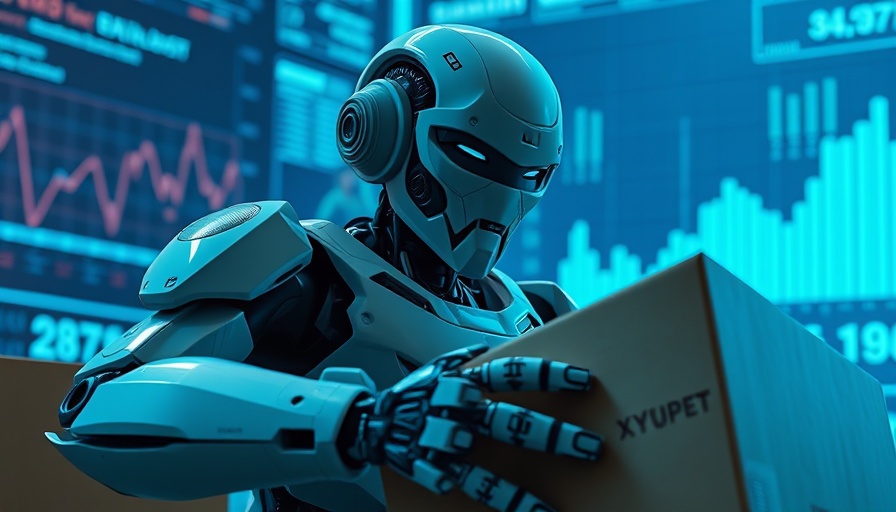
The Dual Nature of AI: Automation vs. Augmentation
In recent discussions surrounding the impact of artificial intelligence (AI) on the workforce, two polarizing perspectives have emerged: automation and augmentation. While automation raises fears of job loss among workers, augmentation presents a compelling vision of AI enhancing our capabilities, making tasks easier and more efficient. Understanding these frameworks is essential in navigating the complex landscape of work in the AI era.
Historical Context: Lessons from the Past
Historically, technological advancements have consistently reshaped job markets. Take, for example, the invention of the Strowager switch in the 19th century, which automated telephone switching and rendered a large workforce of operators obsolete. However, such shifts often lead to the creation of new jobs in different sectors and industries. Recognizing patterns from the past can help mitigate anxieties about current AI developments.
AI’s Impact on High-Wage Workers
Current analysis suggests that AI's most conspicuous effects will be felt by high-wage workers. As AI capabilities continue to evolve in fields such as radiology and legal services, tasks traditionally performed by skilled workers are at risk of being automated. In parallel, the demand for new skills in managing and collaborating with AI technologies is likely to rise. This combination indicates that while certain jobs may fade, new opportunities will emerge in their place.
Augmentation as a Tool for Empowerment
In contrast to the narrative of replacement, some researchers advocate for a view that champions augmentation. John Markoff’s book, "Machines of Loving Grace," emphasizes how technology, when viewed as a collaborative tool, can enhance human skills and foster greater productivity. This approach highlights the potential for AI to assist rather than replace humans, creating a more efficient and empowered workforce.
Emotional Resonance: The Human Element
At its core, discussions about AI and job displacement often tap into deep-seated fears about identity and self-worth. Many individuals equate their professions with their value, making the notion of automation intimately personal. Therefore, while exploring AI's effects, it’s crucial to acknowledge the human element and cultivate a narrative promoting collaboration and innovation.
Future Predictions: Navigating a New Frontier
As we look ahead, the balance between jobs lost to automation and those created through augmentation will be a focal point for researchers, policymakers, and workers alike. AI's capacity to operate within both frameworks will shape the future workforce, potentially leading to a hybrid model where humans and machines coalesce for collective benefit.
Practical Insights for Today’s Workforce
For individuals navigating the workforce today, adapting to AI’s changes is paramount. This includes pursuing educational opportunities that emphasize AI literacy and developing soft skills that AI cannot easily replicate, such as critical thinking, creativity, and emotional intelligence. By focusing on these areas, workers can position themselves favorably in an evolving job market.
While the discourse around AI can feel overwhelming, it's essential to embrace change while remaining proactive. The future may seem uncertain, but understanding AI's potential to augment rather than replace human effort offers a pathway for continued growth and opportunity.
 Add Row
Add Row  Add
Add 




 Add Row
Add Row  Add
Add 

Write A Comment